|
Amateur Radio connects kids, crew as ISS orbits overhead.
Students at Ashford School will talk with astronauts on the International Space Station via Amateur Radio. This activity is part of the ARISS (Amateur Radio on the International Space Station) Program, which promotes learning opportunities as part of the STEM (Science, Technology, Education and Math) initiative. Our school was one of only eight schools across the country to be chosen for this once in a lifetime experience! What is ARISS? ARISS is a joint venture by NASA, the Center for the Advancement of Science in Space (CASIS), the American Radio Relay League (ARRL), and the Radio Amateur Satellite Corporation (AMSAT) to facilitate communication via Amateur Radio between astronauts aboard the International Space Station and schools and communities around the world. ARISS programs excite and motivate students in a one-of-a-kind presentation and exchange. ARISS program goals are:
Amateur, or “Ham,” Radio, is a popular service and hobby in which federally licensed participants operate communications equipment. There are over 700,000 licensed amateurs and nearly 2,300 ARRL-affiliated Amateur Radio clubs in the United States. Hams talk to each other across town, around the world, and even into space without the need for normal communications infrastructure, such as cell phone networks or the Internet. Amateur Radio is regularly used during natural disasters to help local emergency and served agencies (such as the Red Cross, Salvation Army, and state and local governments) respond when normal communications methods are disrupted. The Amateur Radio community is a great source of electronics experimentation, public service, and fun. More information on the ARISS program can be found at www.ariss.org. More information on Amateur Radio can be found at www.arrl.org/what-is-ham-radio.
0 Comments
Space is a very exciting subject for students. We have been leveraging the topic of space to make other STEM topics exciting too. One topic that is hard to make engaging is financial literacy but financial literacy is an important subject that is rarely taught in school. So, to take on this challenge, Ms. Manfre, Mrs. Craven and Ms. Imhoff have been finding areas where space and financial literacy intersect.
For example, our Stock Market Game students have been interested in ways to invest in the private space industry. Although it is not possible to buy stocks of Space X (which our students would very much like to be able to do), students can invest in many companies that are contracted with NASA. Our students are of the age where they may be the first generation to colonize Mars. NASA calls these students the “Mars Generation.” As the private space industry is growing, we will continue to make connections between the students’ interest in space and financial literacy. When we were at the NASA Johnson Center, we saw lots of examples of private industries at NASA. When I was touring the Neutral Buoyancy Pool that astronauts use to simulate being on the International Space Station, there were employees from several oil companies practicing for when they may have to fix oil leaks in the ocean. We heard from pharmaceutical companies about how they have been partnering with NASA on research that can help people with diseases here on earth. In addition in NASA keynotes, Space X was regularly mentioned as a way to expand space exploration. Do you have any connections between financial literacy and space? We would love to hear them; comment below. To keep the astronauts safe in Space, and entire team works around the clock on the ground at Mission Control. We got the chance to simulate what it's like to be in Mission Control with some actual Mission Control Scientists. They talked a little bit about the skills you need to work at Mission Control: While visiting Mission Control, we got a tour of "Historic Mission Control," which is where scientists worked around the clock during the Mercury, Gemini, and Apollo missions. These are the missions that took us to the Moon! After our tour of Historic Mission Control, we visited Orion Mission Control. This is where NASA will control future missions. Right now, Mission Control Specialists and Astronauts are training for potential missions to the moon and beyond. This preparation will be crucial as NASA continues with its future missions. There are a wide variety of roles that Mission Control specialists take on. There's the Flight Director, who has operational responsibility over all missions an payload operations. CAPCOM, or capsule communicator, communicates directly with the crew. They are typically the only point of communication between the crew and Mission Control. SURGEON is responsible for monitoring the health of the astronauts aboard the capsule or station. EECOM (electric, environmental, and consumables manager) monitors environmental conditions and solves equipment errors. After Mission Control, we headed over to Ellington Airforce Base to chat with Air Force and Civil Air Patrol members about remotely piloted aircraft: It's been a wonderful few days NASA Johnson, and we're excited to bring back some amazing project for our upcoming Ashford in Space Unit.
We got a special treat today- a tour of NASA's Robotics Facility! NASA Robotics Computer Programmer Jodi Graf showed us around the area where NASA designs experimental robots, with an emphasis on Humanoid Robots. Jodi Graf explains what she does:
We also got a chance to see rovers, which are the vehicles that travel on the ground of moons and planets. We climbed inside to take a look: Ms. Imhoff also took a look at the Planetary Analgue Site, also known as the "Rock Yard." This is a large area where NASA tests Lunar Rovers for upcoming missions.
Did you know that the International Space Station (ISS) is actually the size of a football field? It was huge! Tomorrow, we'll get an inside look at Mission Control.
This past week, we attended a conference at Johnson Space Center in Houston, Texas. We got an inside look at how NASA sends people to space, heard from Astronauts and other amazing aerospace professionals, and got many ideas for cool space simulations to do prior to our contact with ARISS. Our 3 day adventure began by talking to Astronauts Joe Acaba (who was streamed in from aboard the International Space Station, in low earth orbit) and Dottie Metcalf-Lindenburger, another teacher-turned-astronaut who facilitated the call here on Earth. Check it out: Both Joe and Dottie stressed how important skills like communication, flexibility, adaptivity, and creativity were in space. Astronaut Joe also stressed the importance of asking questions and working hard, even when it's not easy, "Ask for help. Don't give up on yourself- you can make it happen. Some things might be harder for you than other people, but there's no reason why you can't make it work." He said that he was never the top of his class, but he worked and studied hard, and that got him to where he is today (space!) We can't wait to talk to the astronauts again with ARISS! Then, it was our turn to train like astronauts! Ms. Manfre and Mrs. Craven did a scuba diving challenge, while Ms. Imhoff toured the Neutral Buoyancy Lab, which is where the astronauts train for Spacewalks and their work on the International Space Station. It's one of the largest pools in the world! Check it out: In the afternoon, we got a chance to hear from Dr. John B Charles, who is Director of NASA's Human Exploration Research and Planning.
Tomorrow, we will check back in with an update on NASA Robotics, see the astronaut training facility in Building 9, catch a glimpse of Houston from the sky, and learn all about the early capsules used to take humans to the Moon!
|
AuthorsKate Craven Archives
October 2018
Categories |
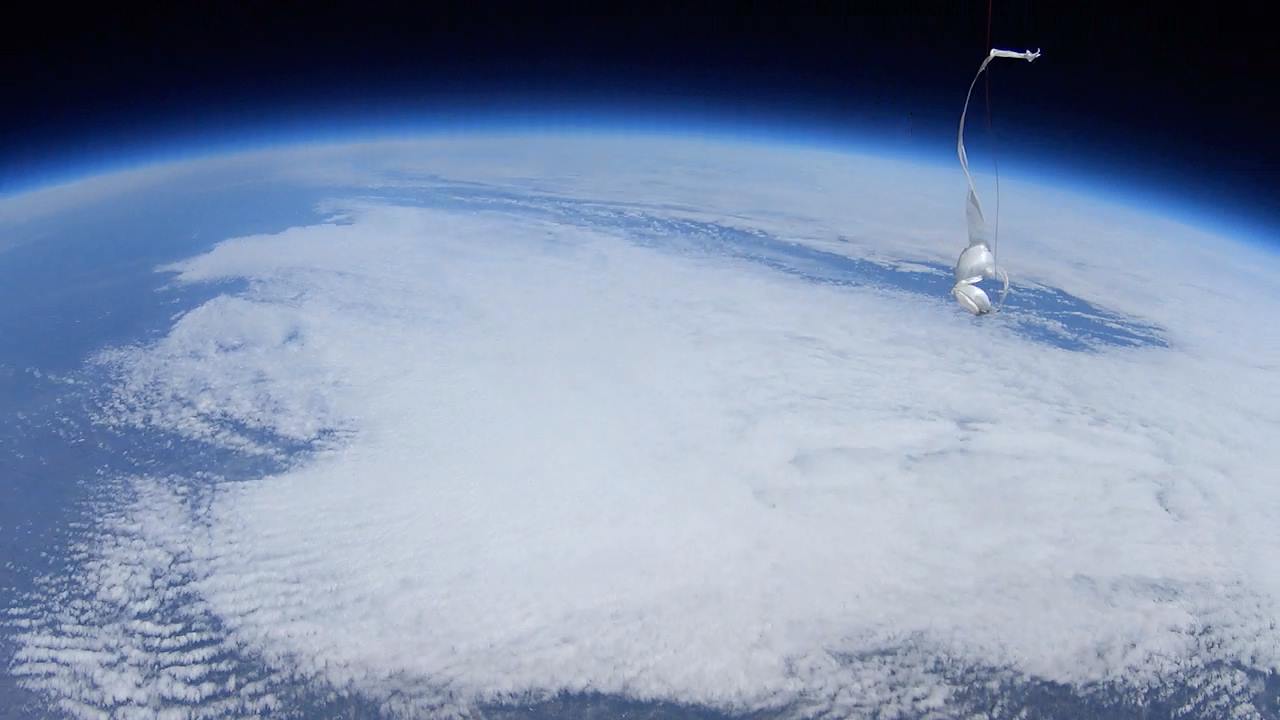
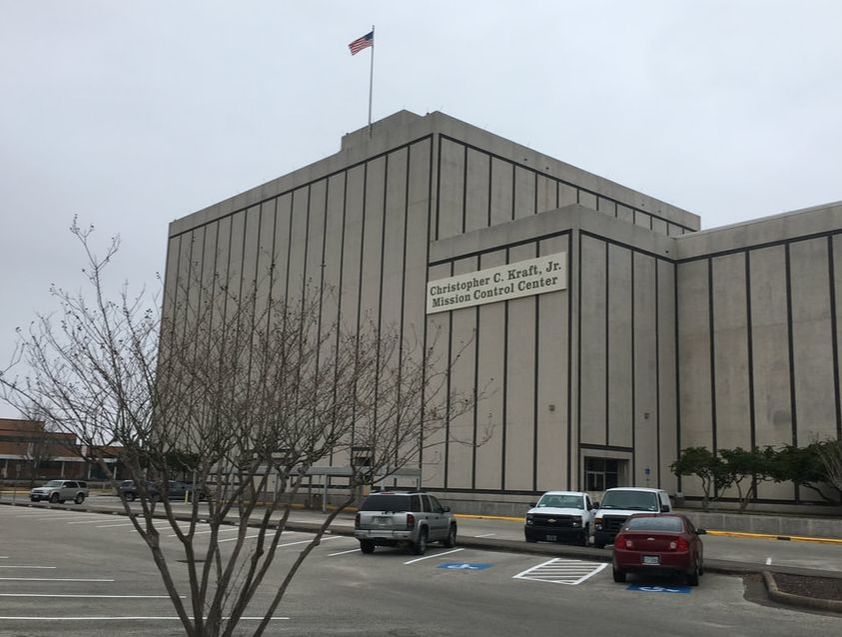
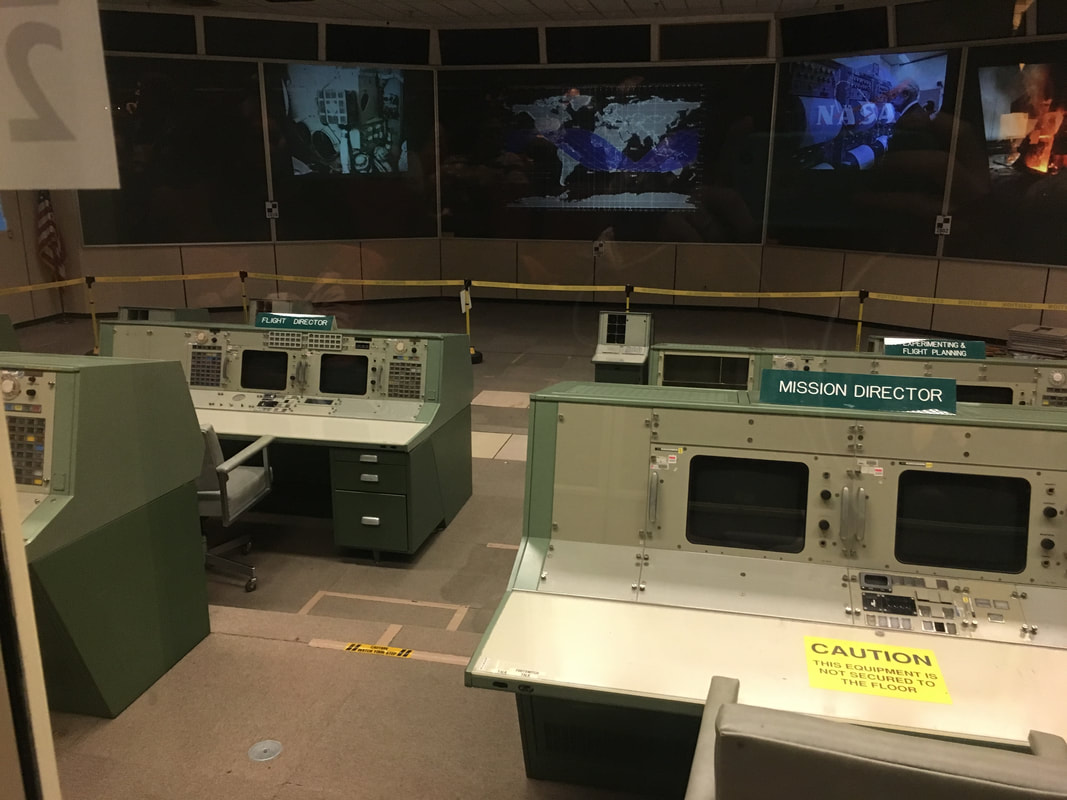
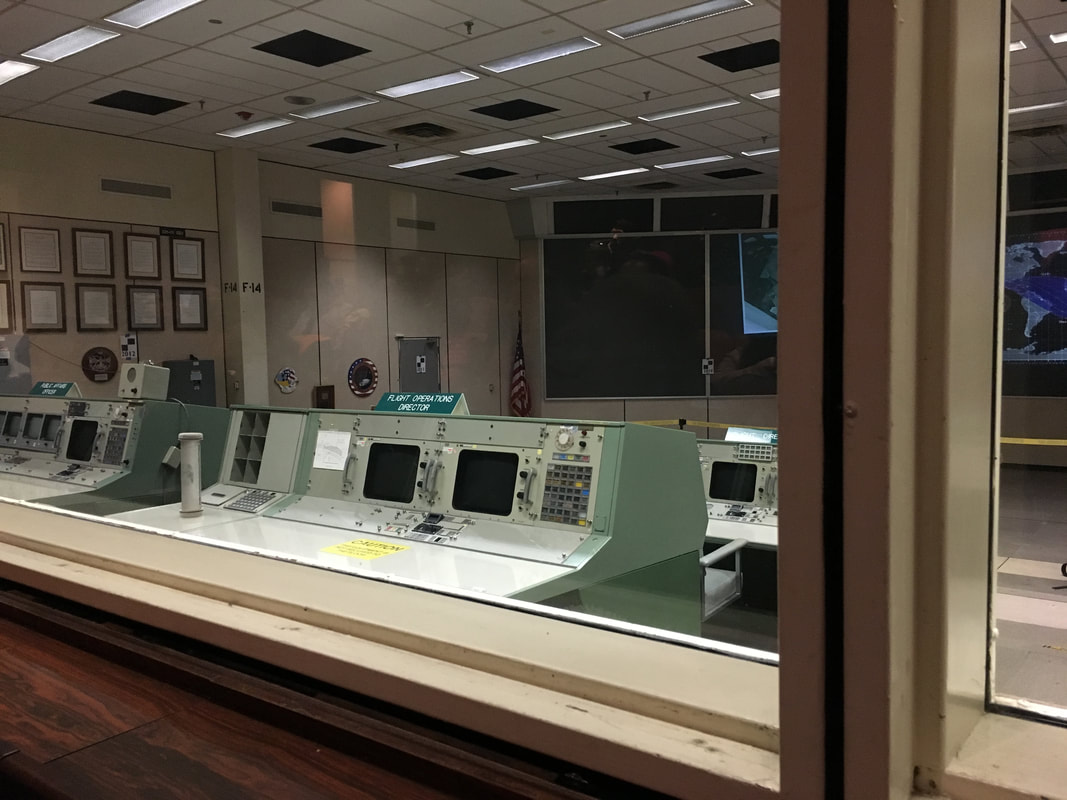
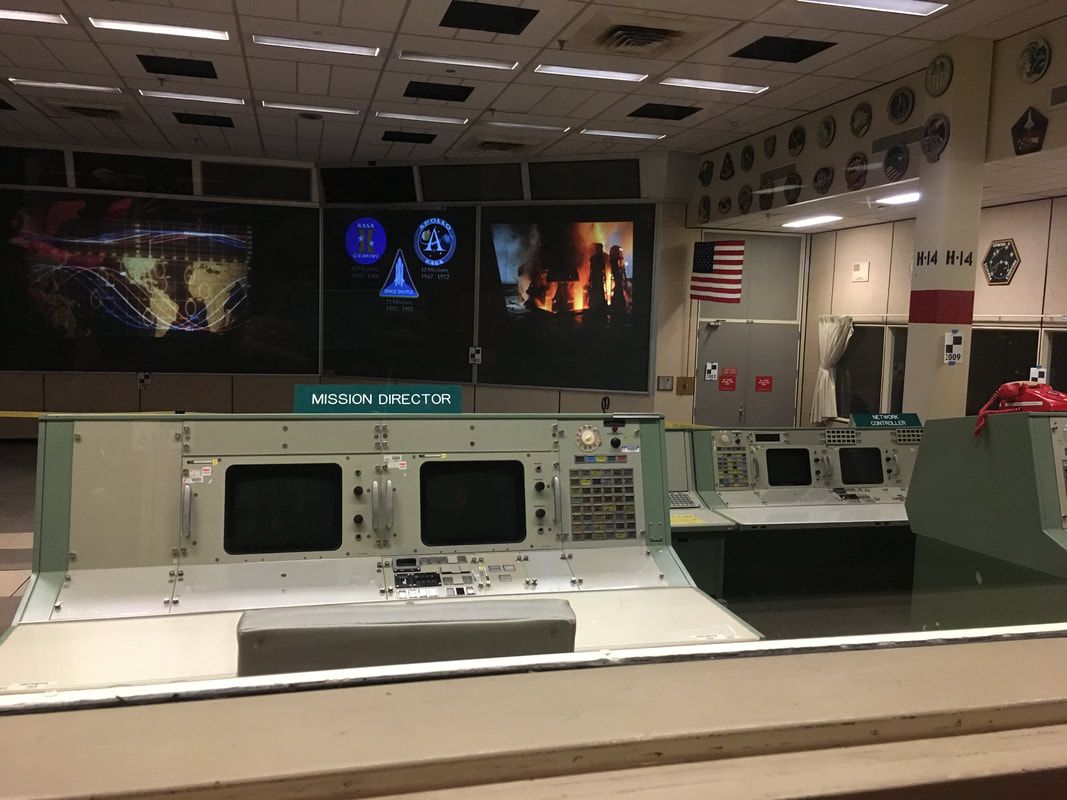
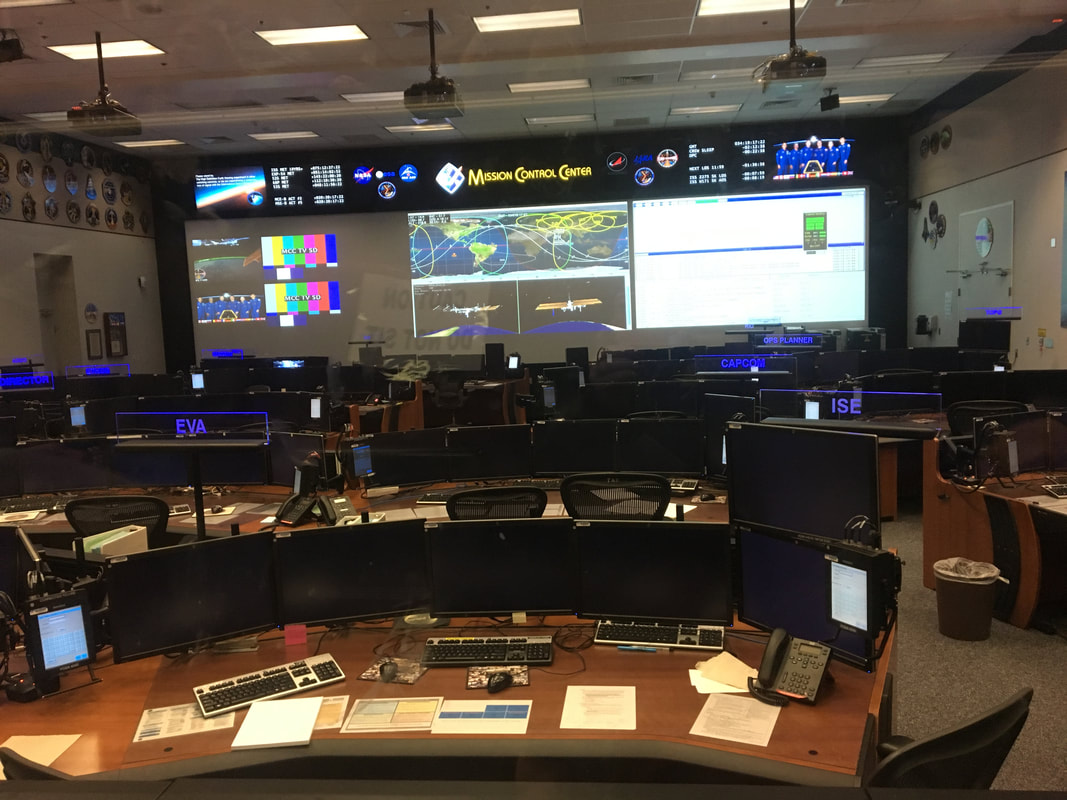
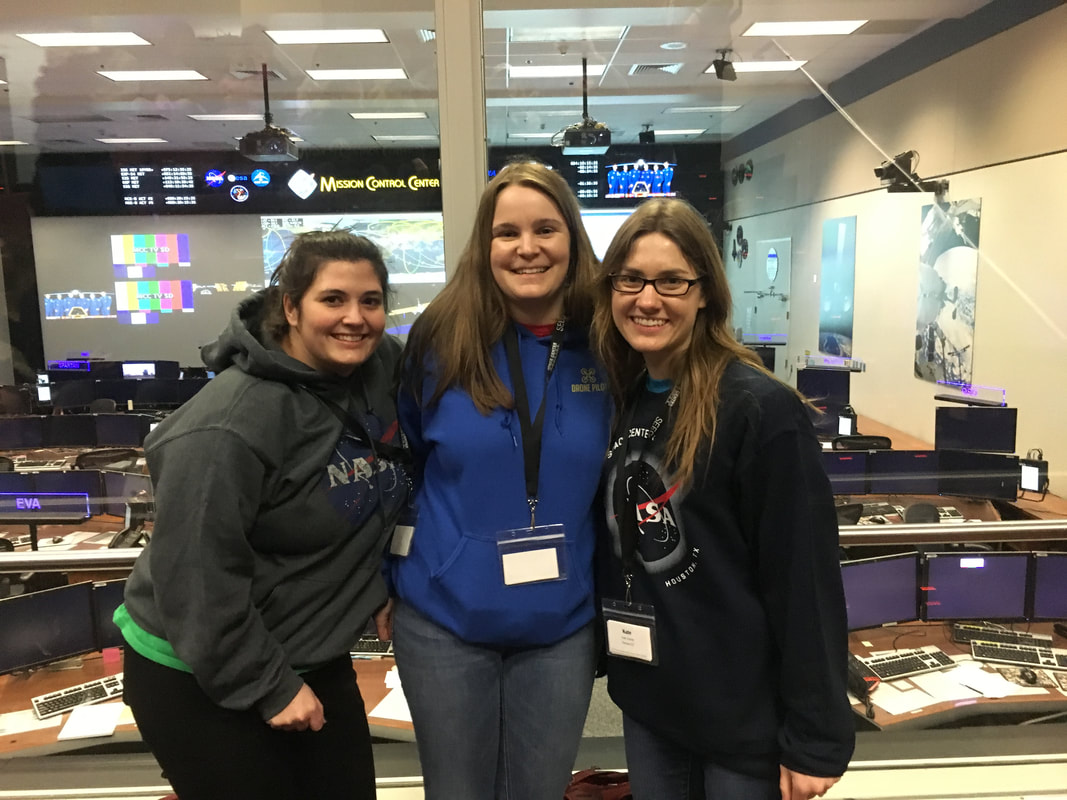
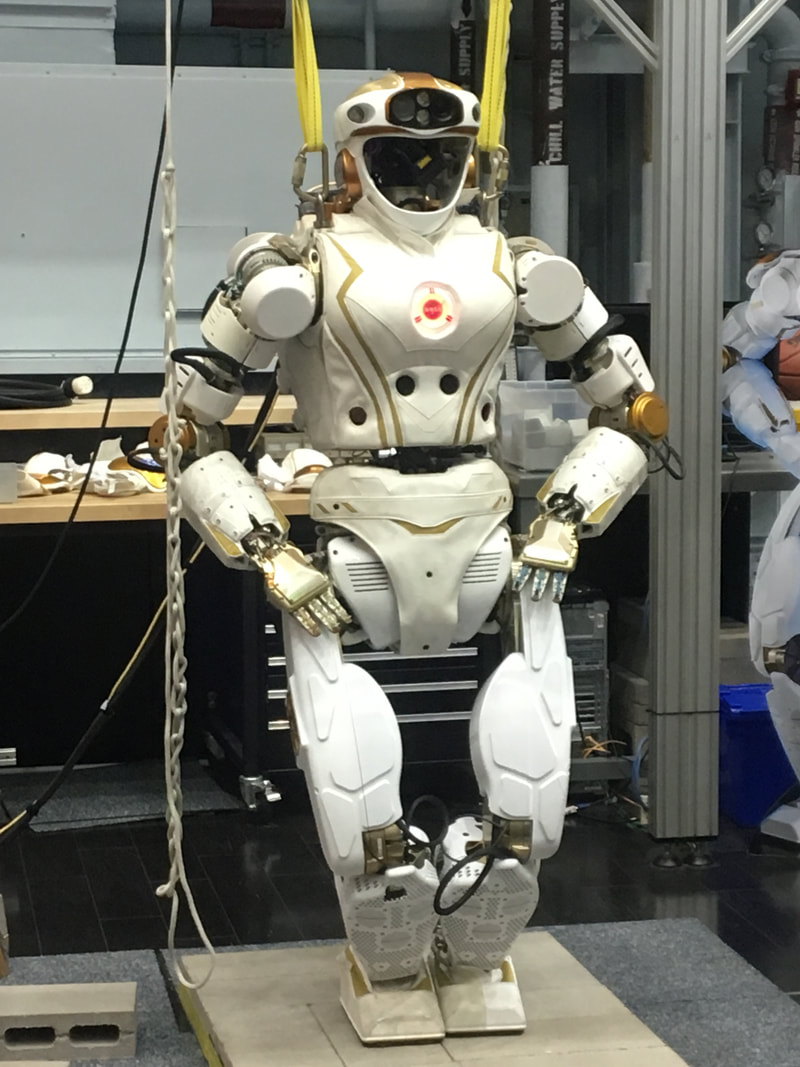
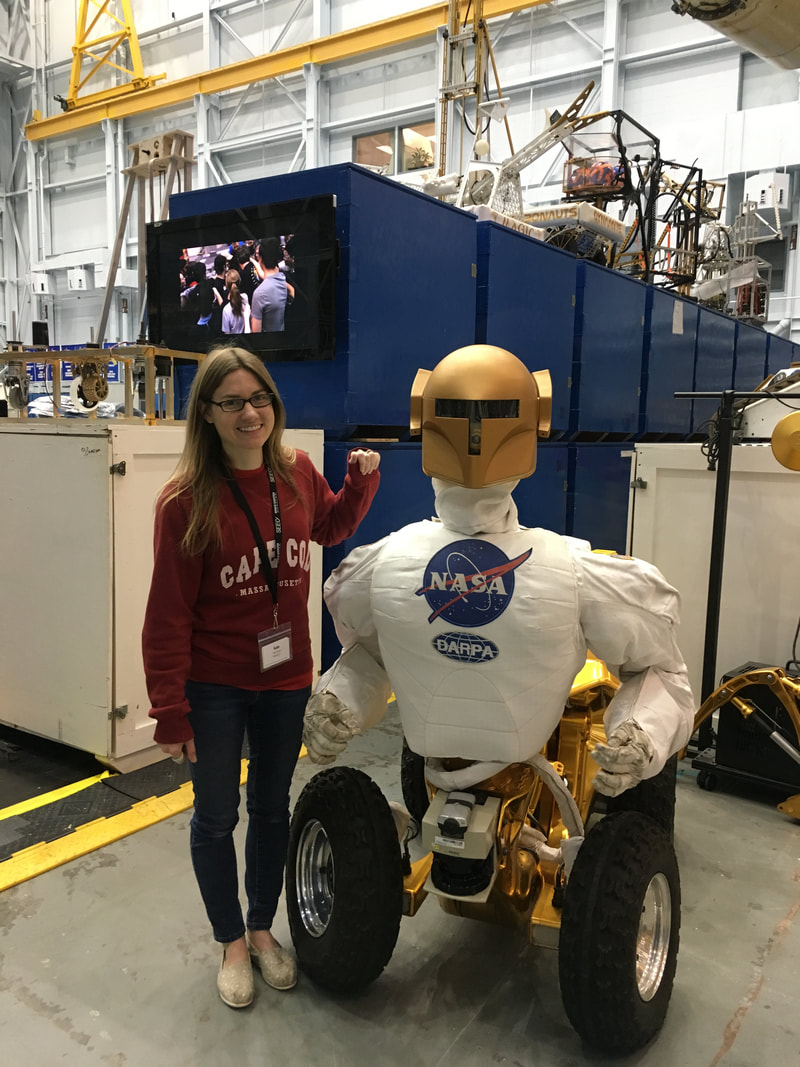
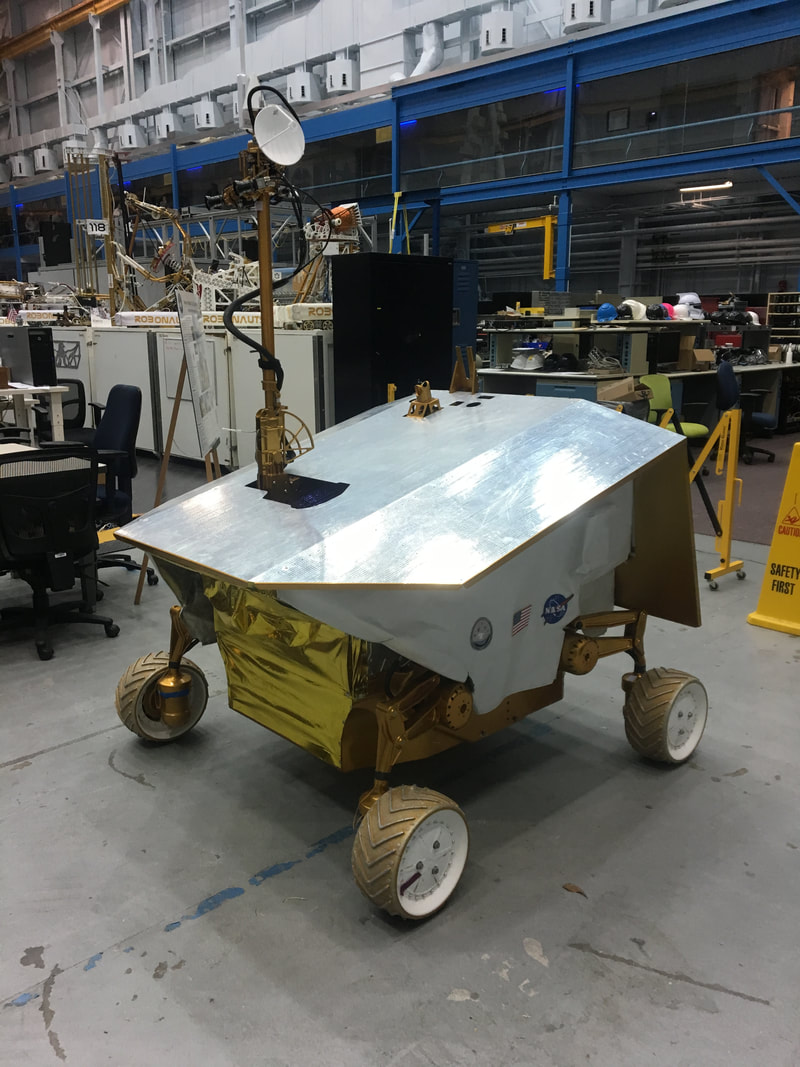
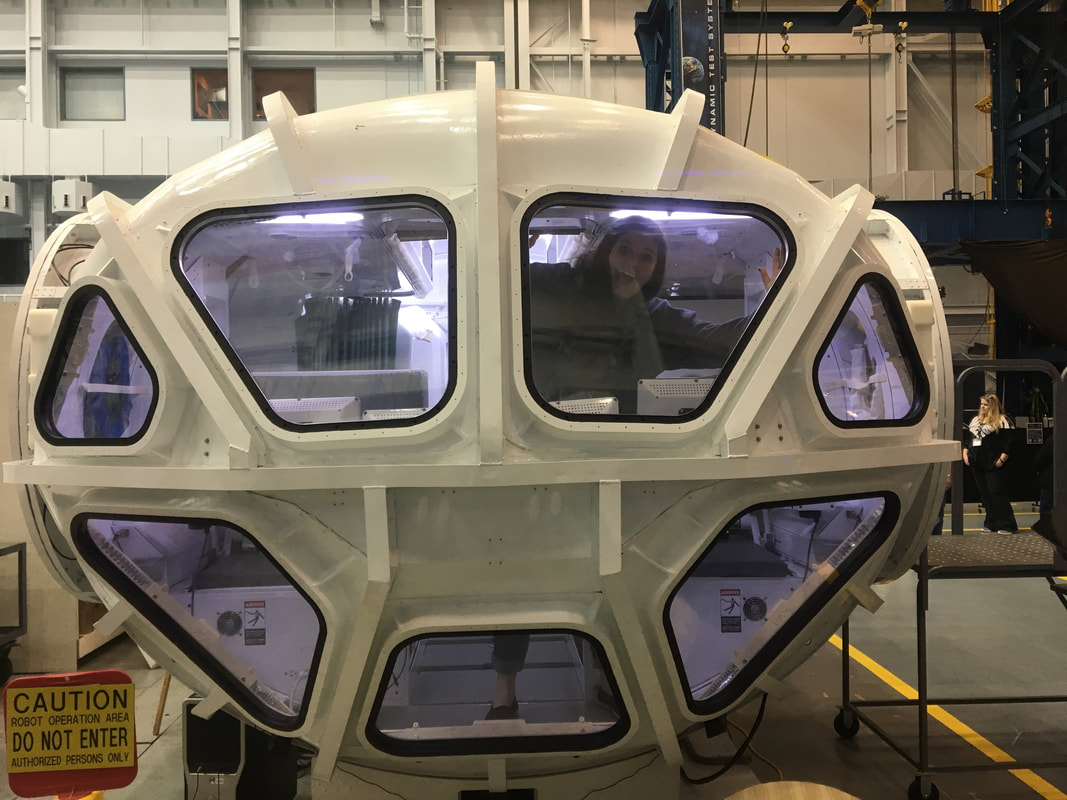
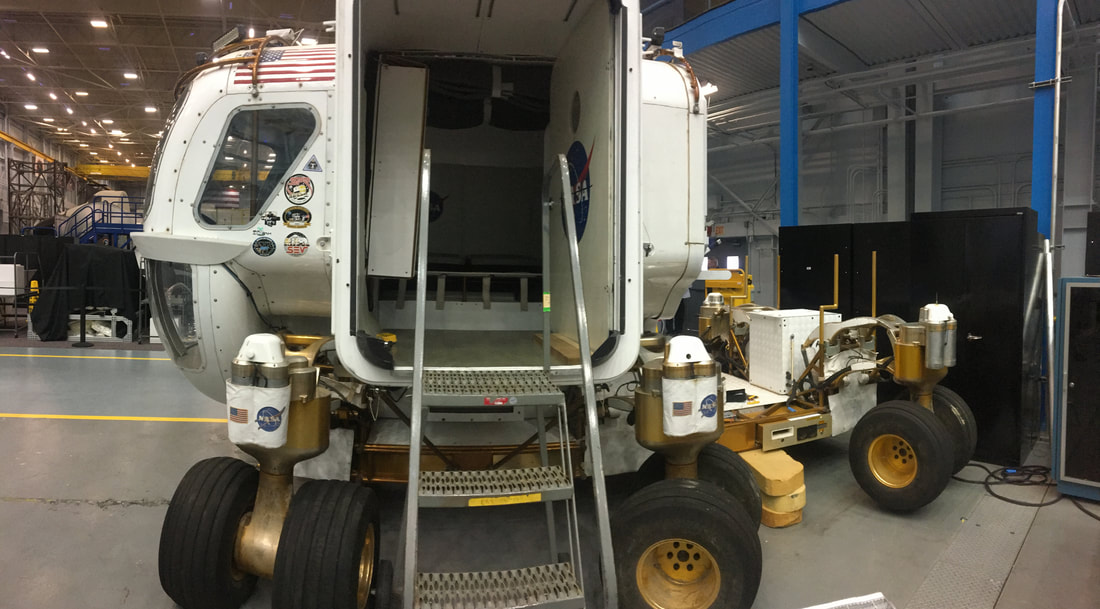
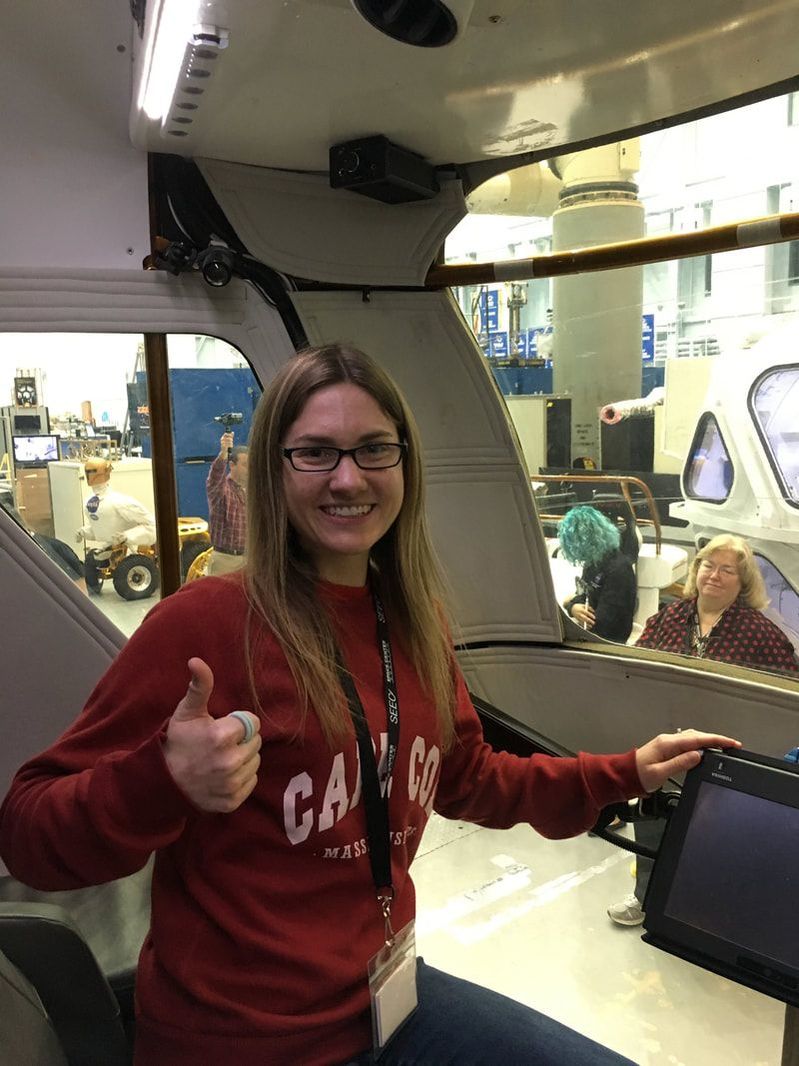
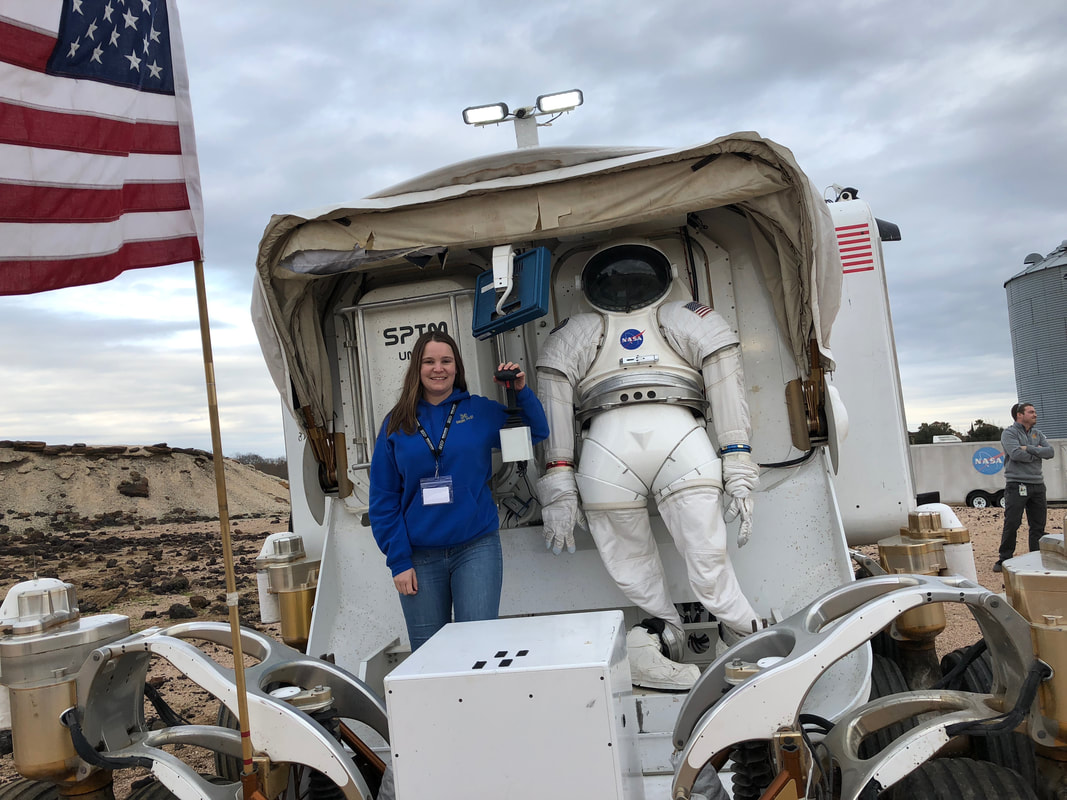
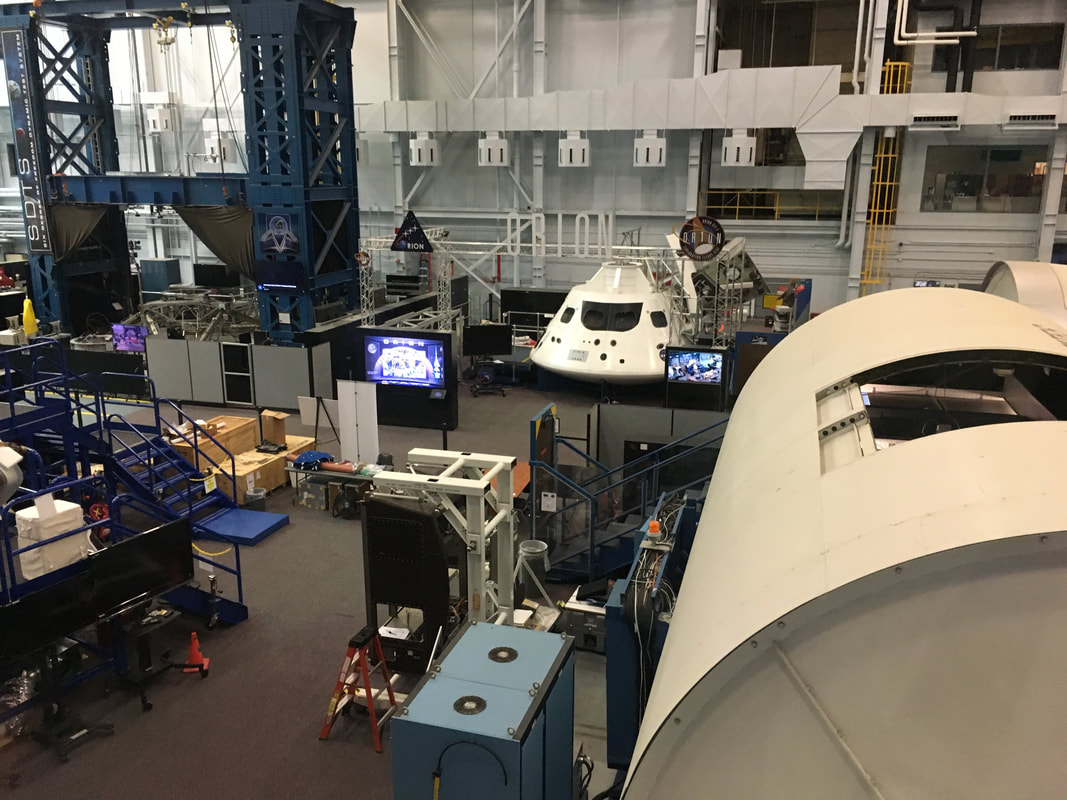
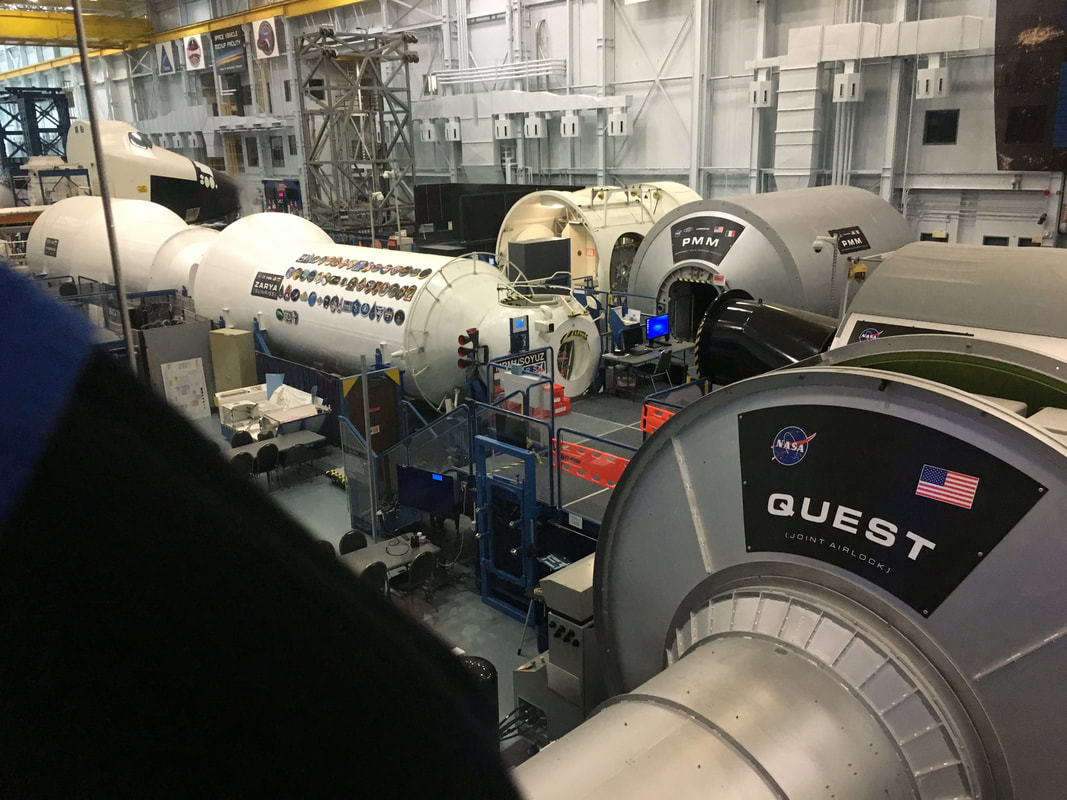
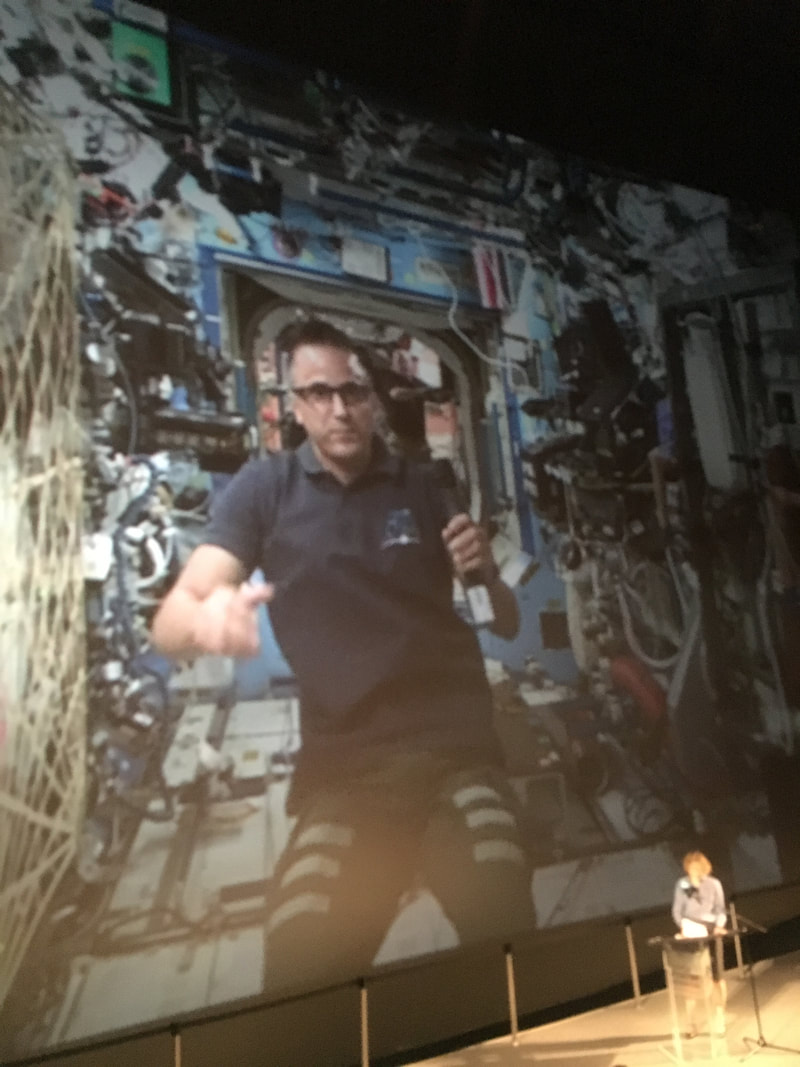
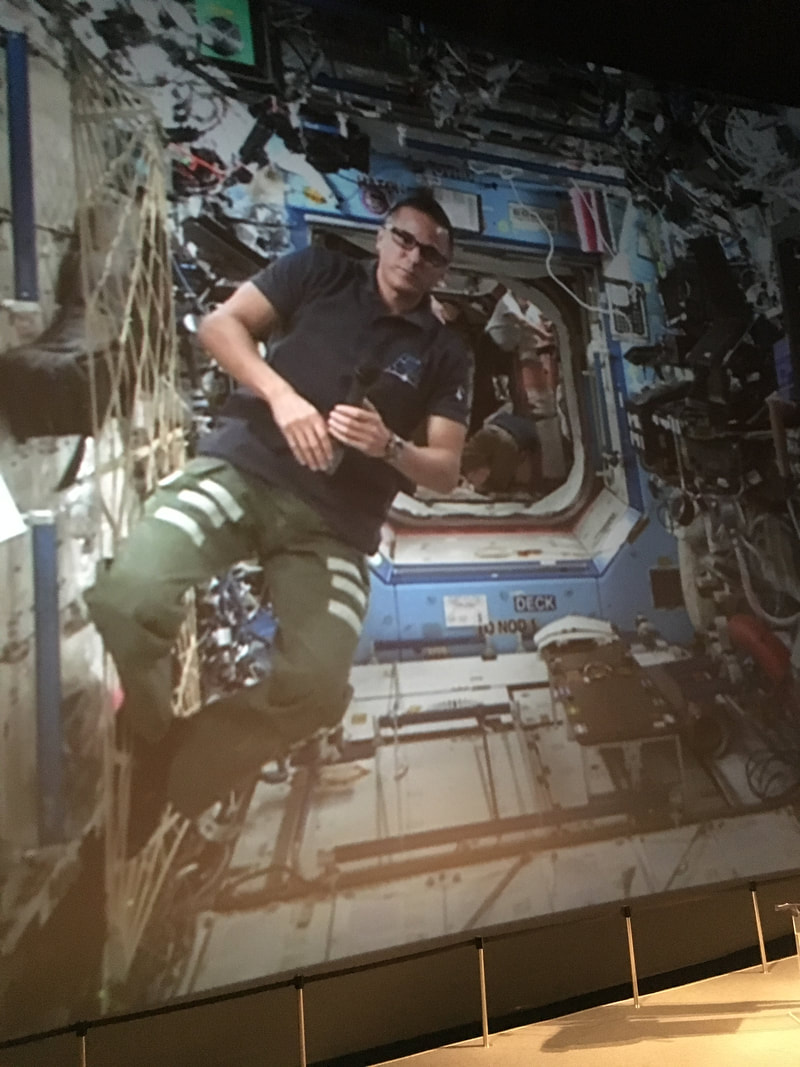
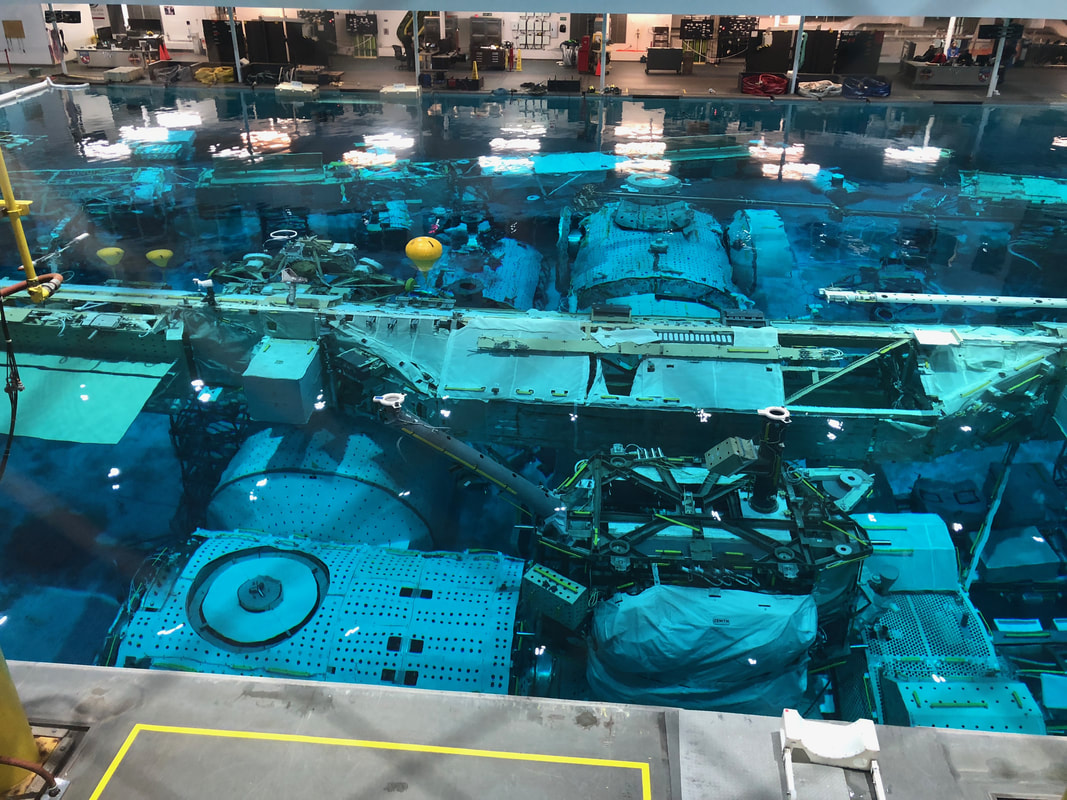
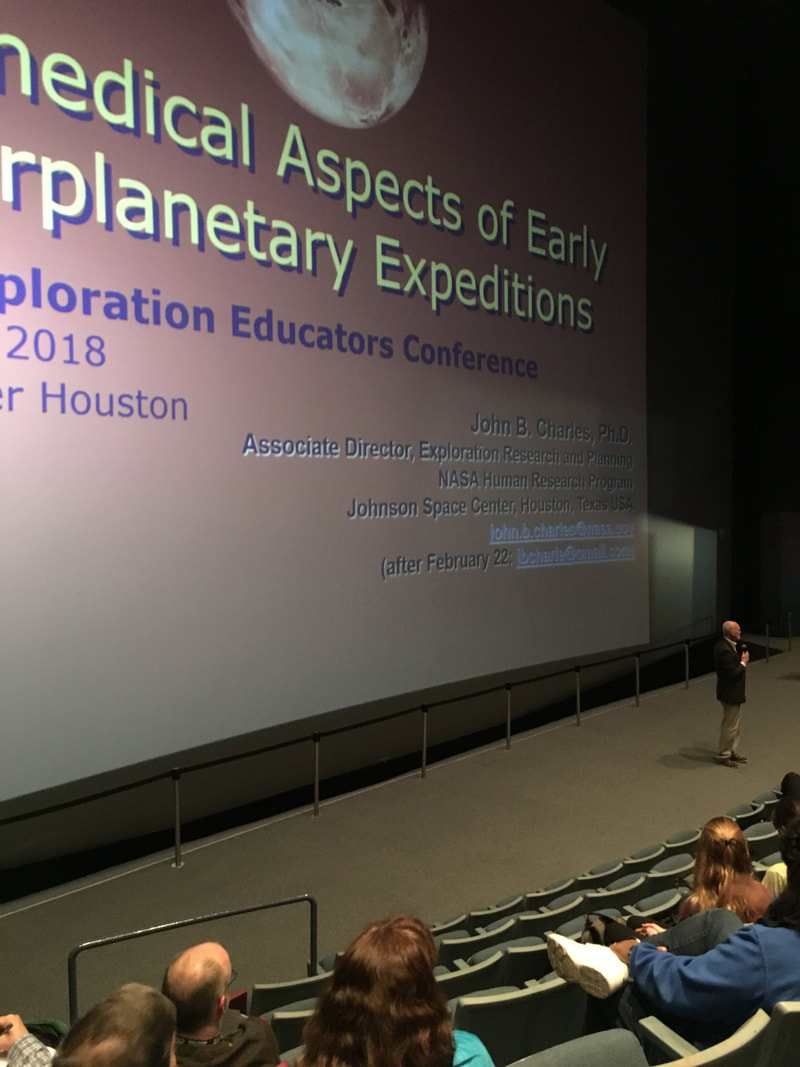
 RSS Feed
RSS Feed
